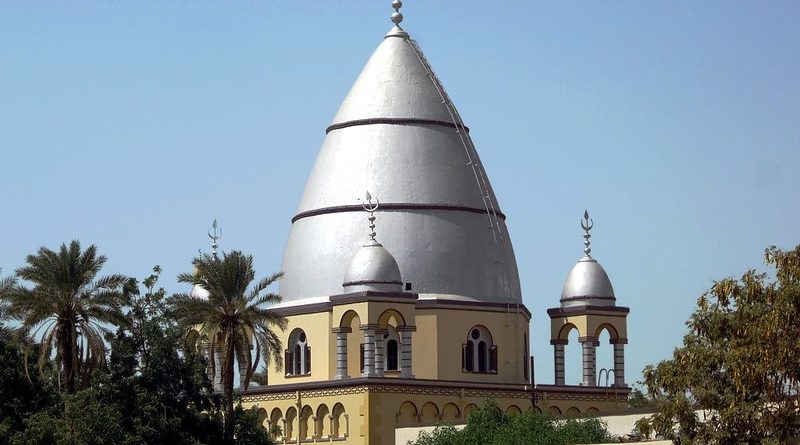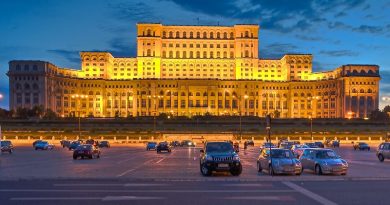The Mahdi
The Mahdi is a messianic figure in the Islamic world who is believed to appear at the end of times to rid the world of evil and injustice. He is said to be a descendant of Muhammad who will re appear and lead Muslims to rule the world.
Muhammad Ahmad was a Nubian Sufi religious leader and scholar. In 1881, he claimed to be the Mahdi, and led a successful war against Ottoman-Egyptian military rule in Sudan and achieved a remarkable victory over the British, in the siege of Khartoum.
Although the concept of a Mahdi is not an essential doctrine , it is popular among Muslims and has been a part of their creed for 1,400 years. Over centuries, there have been a vast number of Mahdi claimants.
Muhammad Ahmad al-Mahdi declared all people who did not accept him as the awaited Mahdi to be infidels ,ot kafir, , and ordered their killing and took their women and property.
The Mahdi created a vast Islamic state extending from the Red Sea to Central Africa, and founded a movement that remained influential in Sudan a century later .
The Mahdiist state imposed strict Islamic sharia laws.
The Mahdi maintained that his movement was not a religious order that could be accepted or rejected at will, but that it was a universal regime, which challenged man to join or to be destroyed. The Mahdi modified Islam’s five pillars to support the dogma that loyalty to him was essential to true belief and he the representative of God’s Prophet”.Moreover, service in the jihad replaced the hajj, or pilgrimage to Mecca, as a duty incumbent on the faithful. Almsgiving became the tax paid to the state. The Mahdi justified these and other innovations and reforms as responses to instructions conveyed to him by God in visions.
The Mahdist regime was known for its severe persecution of Christians in Sudan, including the Copts.
A widely reported potential source of frustration amongst Sudanese tribes at the time was the Egyptian abolition of the slave trade, one of the main sources of income in Sudan at the time.
The Mahdi preached renewal of the faith and liberation of the land, and began attracting followers. Soon in open revolt against the Egyptians, he claimed to be the promised redeemer of the Islamic world.
From his announcement of the Mahdist State in 1881 until its end in 1898,the Mahdi’s growing number of supporters, called the Ansars, established many of its theological and political doctrines. After his unexpected death in 1885, his chief deputy, Abdallahi ibn Muhammad took over the administration of the nascent Mahdist State.
Abdallahi ruled as Khalifa, but his autocratic rule, as well as British military force, destroyed the Mahdi state following the Anglo-Egyptian conquest of Sudan in 1899. Remnants of the Mahdi’s army survived isolated pockets of Darfur in far western Sudan and Chad for another ten years.
Sudan’s economy was also destroyed during the Mahdist War and famine, war and disease reduced the population by half.
Despite that, the Mahdi remains a respected figure in the history of Sudan. In the late 20th century, one of his direct descendants, Sadiq al-Mahdi, twice served as prime minister of Sudan and pursued democratizing policies.
The Mahdi was buried in a rocket shaped tomb at Omdurman, his capital .The tomb was badly damaged by shellfire when Lord Kitchener’s forces re-conquered the Sudan in 1898. Kitchener allegedly took the Mahdi’s skull and threw the rest of his body into the Nile, as revenge for the decapitation of General Gordon in the Battle of Khartoum by Mahdi forces 15 years earlier .The tomb was restored in 1947.




